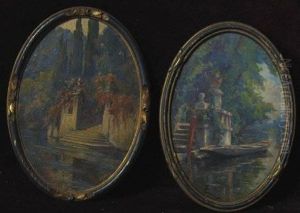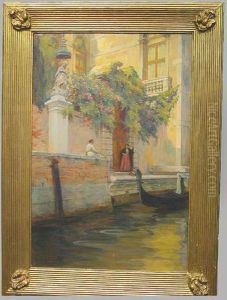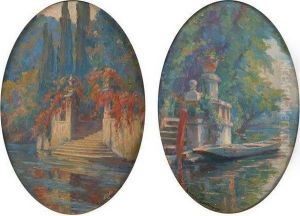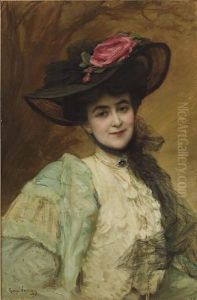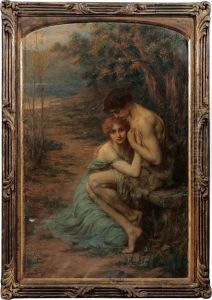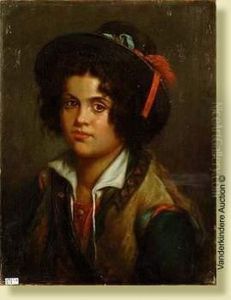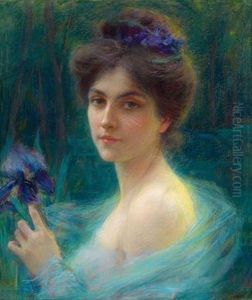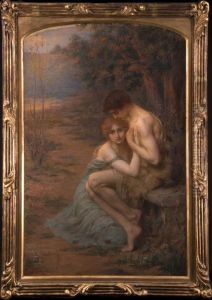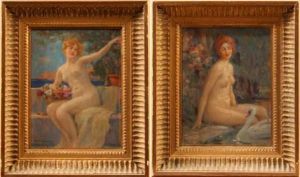Georges Aug. Elie Lavergne Paintings
Georges Auguste Élie Lavergne, often known simply as Georges Lavergne, was a French sculptor whose work is less known to the general public but nonetheless contributed to the artistic landscape of his time. Born on April 27, 1876, in Saint-Pierre, Martinique, Lavergne moved to France where he developed his artistic skills.
Lavergne studied at the École des Beaux-Arts in Paris under the tutelage of prominent sculptors such as Alexandre Falguière and Antonin Mercié. He embraced the classical tradition of French sculpture, which was characterized by a focus on harmony, proportion, and the human figure. His style was grounded in the Academic art tradition, which was prevalent at the end of the 19th century, although later he would also be influenced by the evolving artistic movements of his time.
Despite the challenges of the early 20th century, including the upheavals of World War I, Lavergne continued to create and exhibit his work. He participated in various Salons and received accolades for his sculptures. Among his known works are 'Maternité' (Maternity) and 'La Douleur' (The Pain), which reflect his capacity to express human emotions and conditions through bronze and stone.
Lavergne's career spanned several decades, during which he created numerous busts, statues, and commemorative monuments. Many of his works were commissioned by public entities and private patrons, reflecting the demand for his traditional and skilled approach to sculpture. His pieces can be found in different parts of France and in the territories that were under French influence during his lifetime.
Georges Lavergne's life was not only marked by his professional achievements but also by the socio-political changes of his era. He lived through two World Wars and the transition from the Third to the Fourth French Republic. These events inevitably influenced the cultural and artistic environment in which he worked. Despite this, Lavergne maintained a relatively conservative approach to his art, not straying far from the principles he had learned at the École des Beaux-Arts.
Lavergne passed away on February 20, 1953, in Paris. While he may not be as widely recognized as some of his contemporaries, his work remains a testament to the enduring appeal of classical sculpture and its techniques. Today, art historians and collectors who specialize in French sculpture from the late 19th and early 20th centuries acknowledge Lavergne’s contributions to the field.
